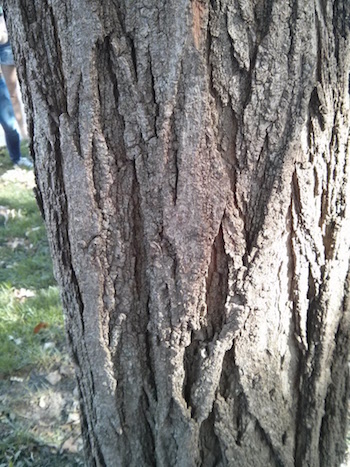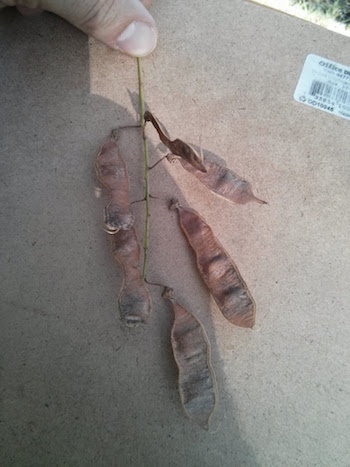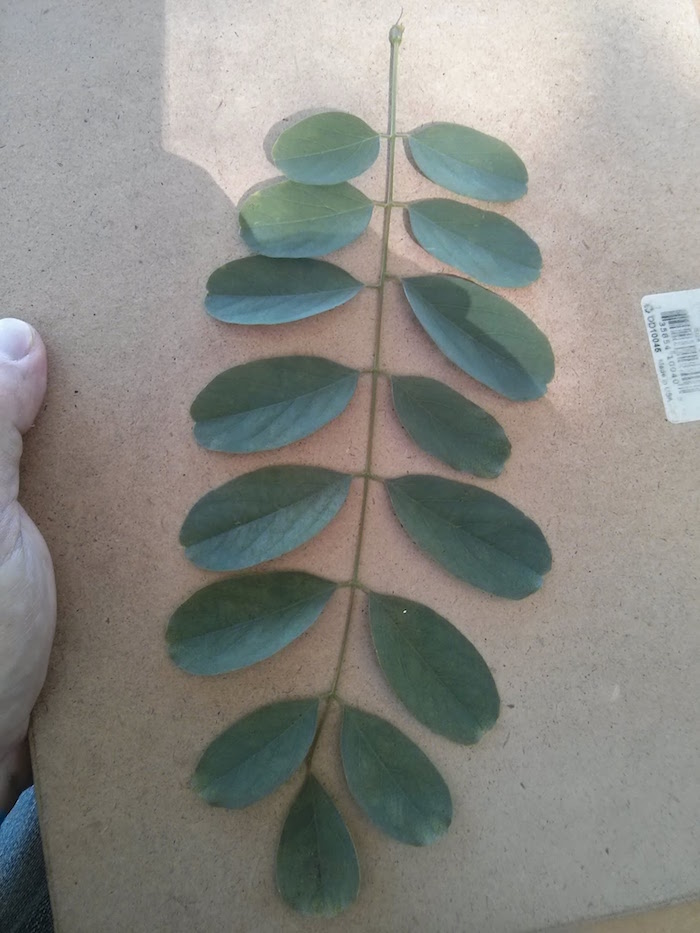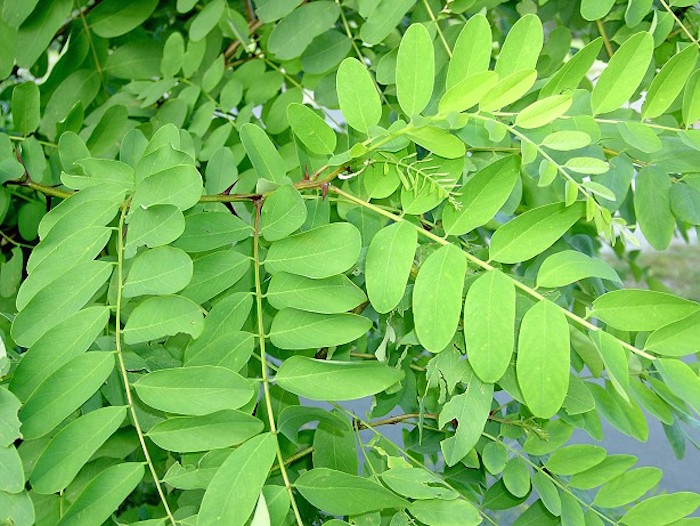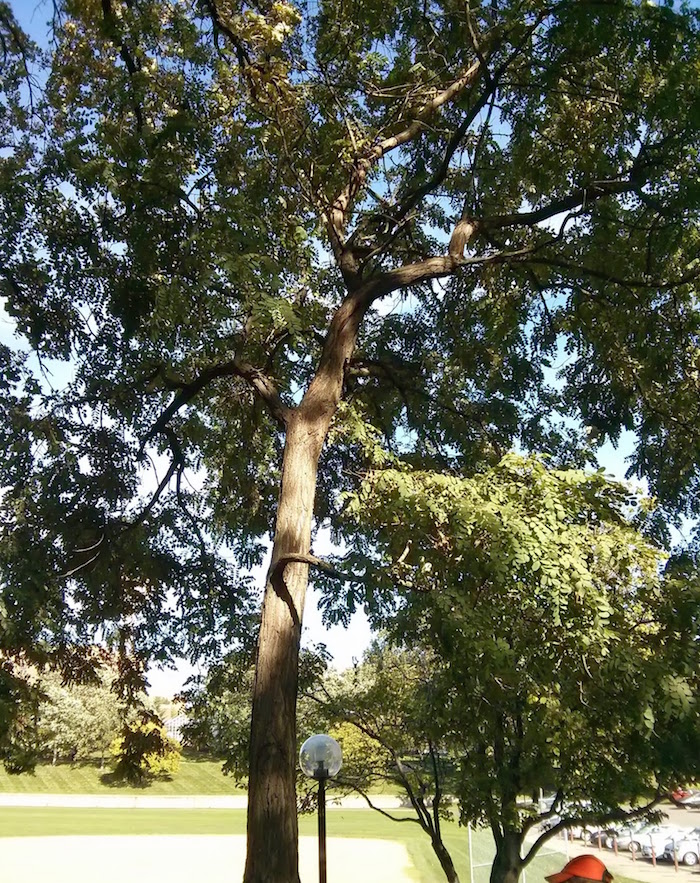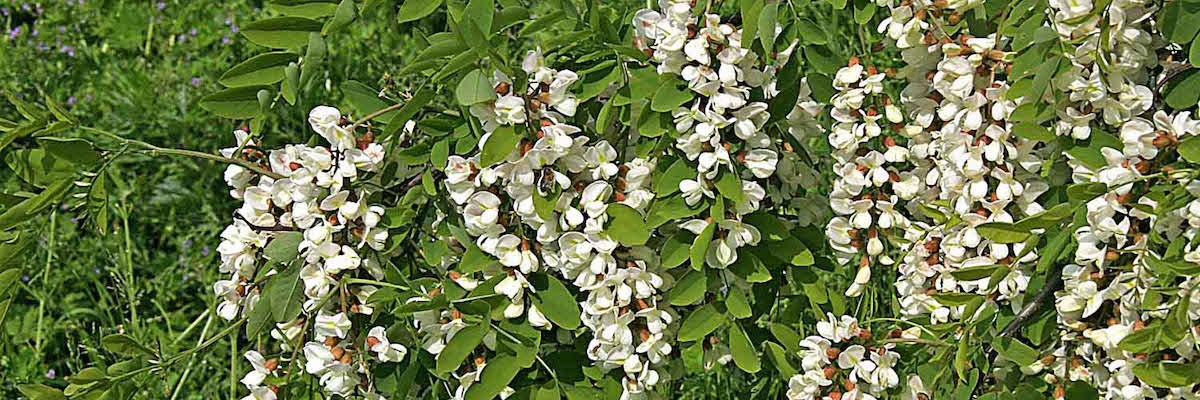
Description:
Black locust is a fast growing, medium sized landscape tree. Its leaves are compound, with each leaf made up of as many as 23 round, dark blue-green leaflets that are around 1-2” long. Its leaves strongly resemble those of honey locust (Gledistia triacanthos), but are more symmetrical and the leaflets are larger. Black locust is perhaps best known for its fragrant, white flowers that emerge as pendant racemes in the spring and mature into smooth, flat, brown seed pods between 4-5” long.
Black locust wood is very hard and durable so is often used for fences and posts. It also burns slowly and is thus prized in wood stoves. Because black locust is quick to establish, restoration projects will sometimes include them in disturbed areas. While many parts of the plant are toxic, the flowers are edible and sometimes used in jams.
Issues:
Black locust grows aggressively and can spread quickly in Minnesota, and as such is listed as a noxious weed by the Minnesota Department of Agriculture. They are not recommended for planting, and are now rarely found as street trees.
Locust leaf miner and black locust borer are two insect pests that damage the tree, but will usually not kill it.
Other Resources:
Photo Credit: Public Domain
